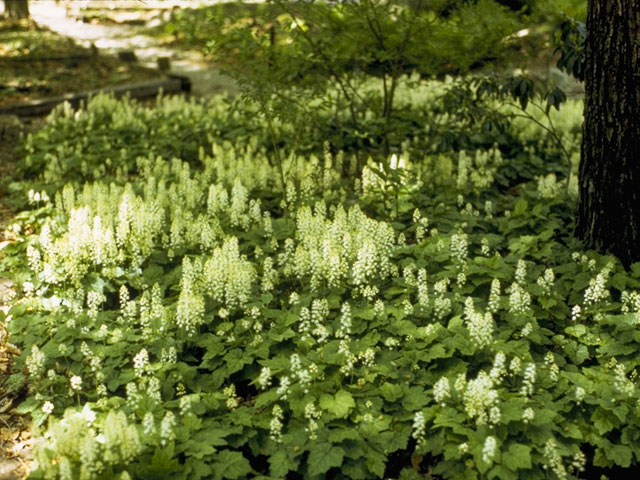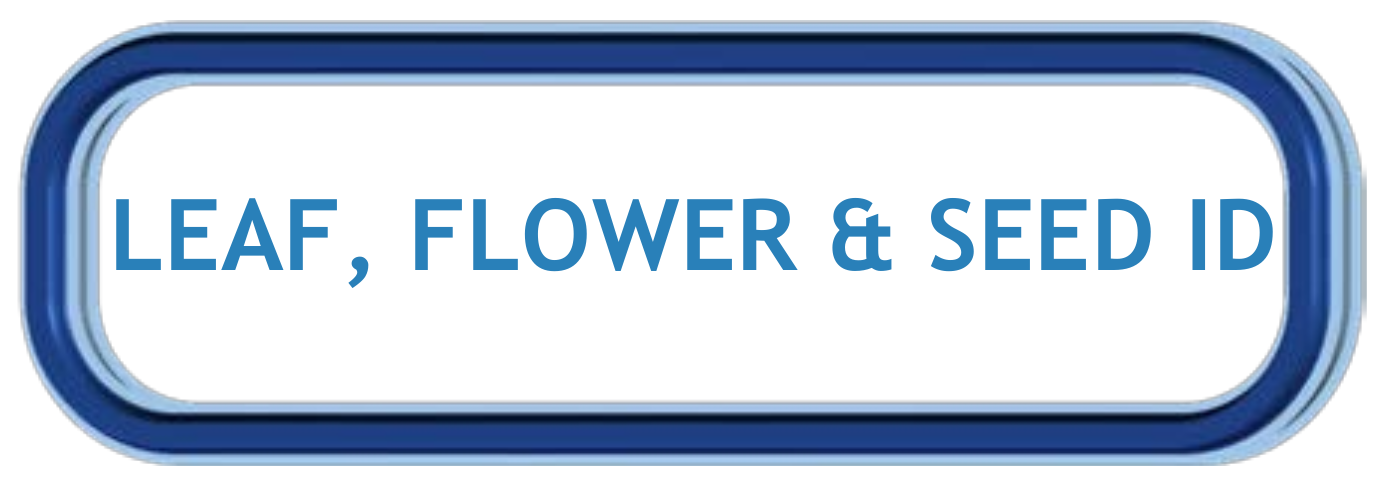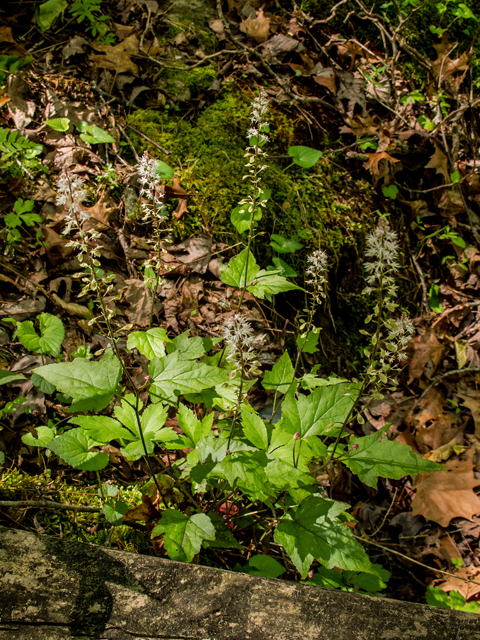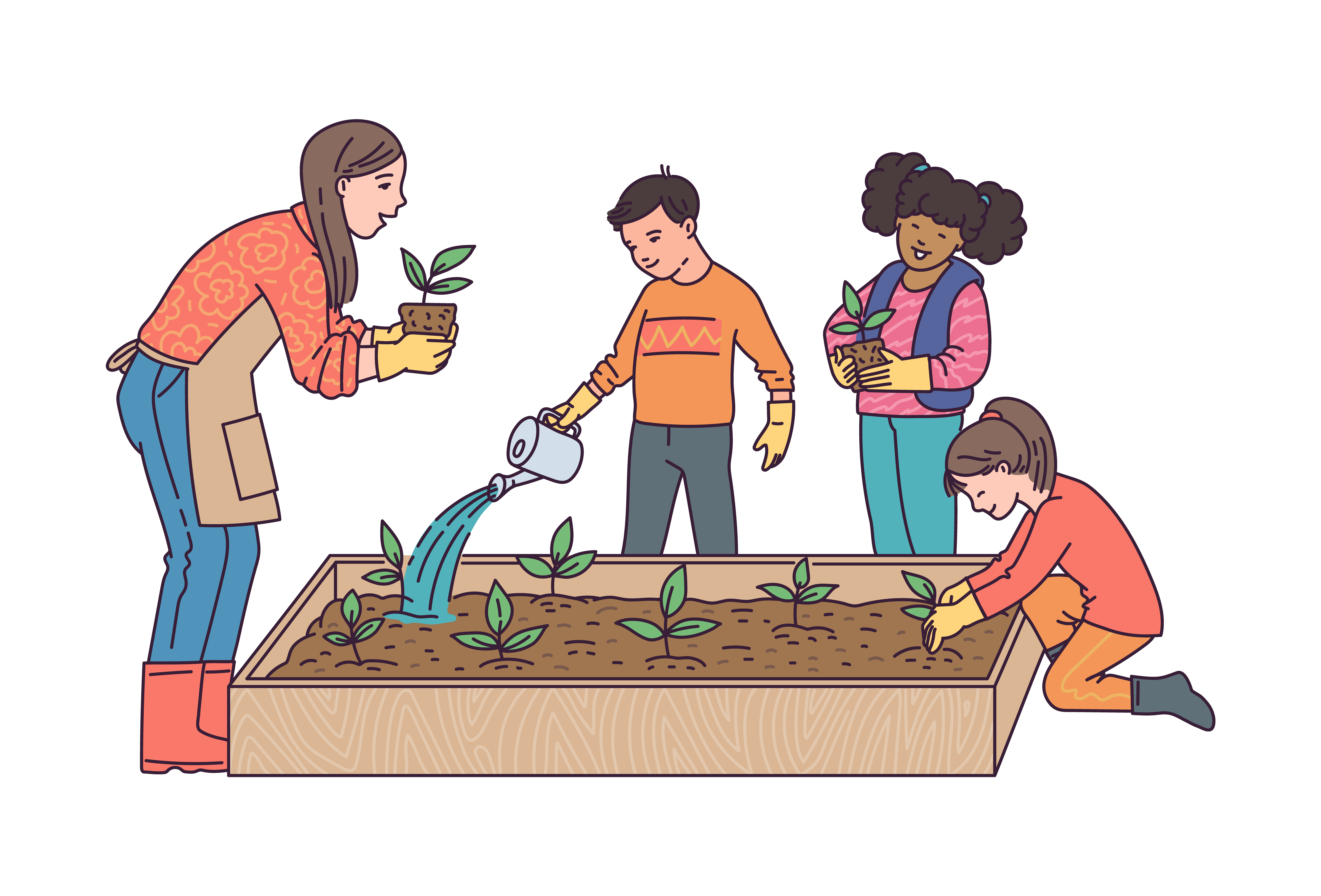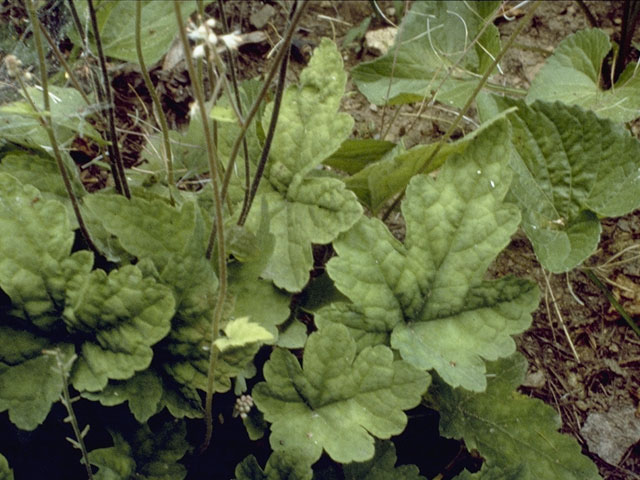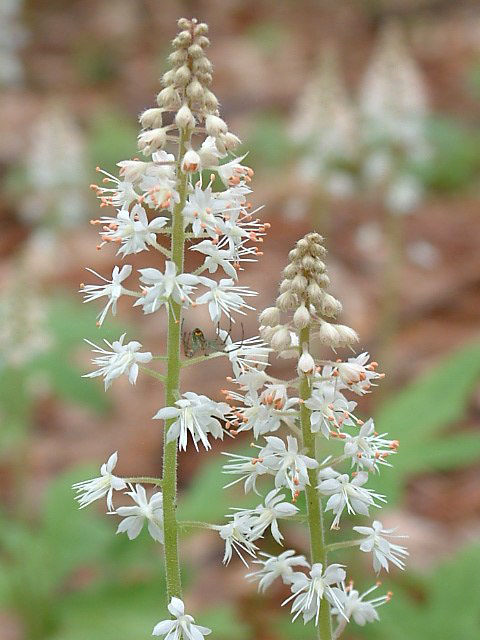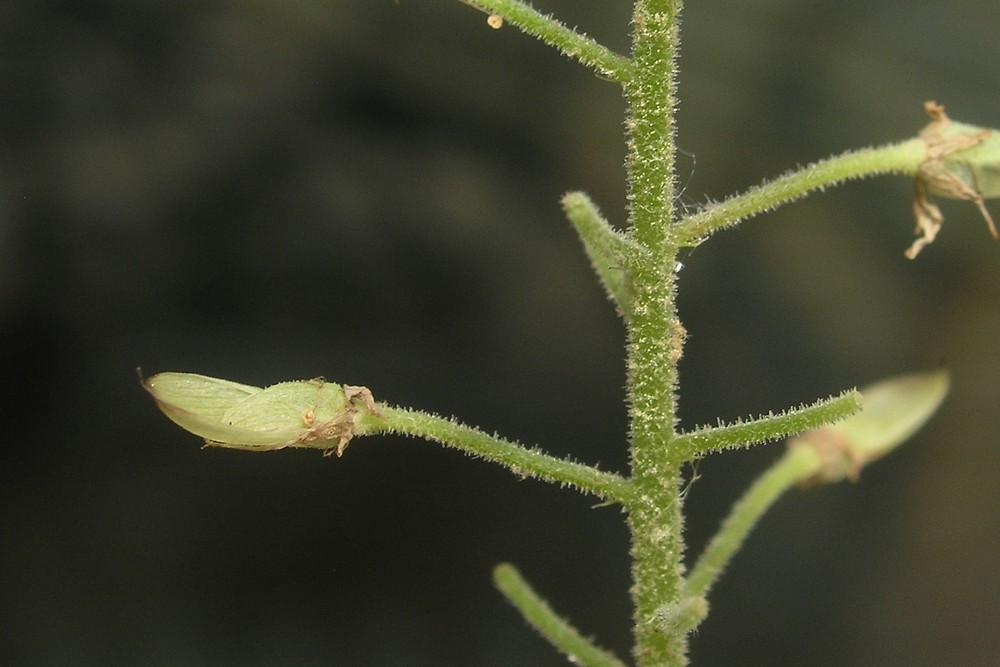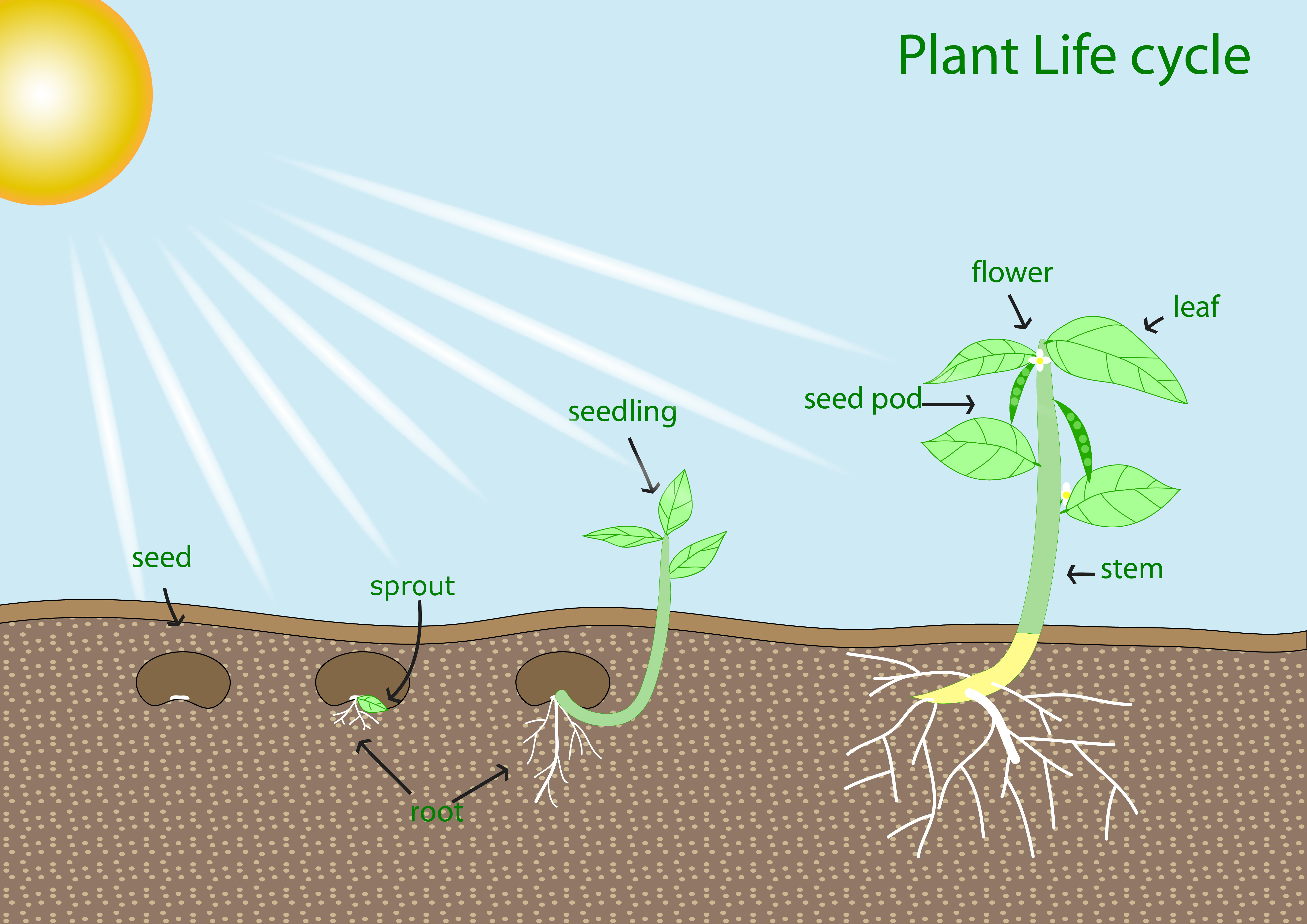Dig into Plants: Heartleaf Foamflower
| Heartleaf Foam Flower Other Common Names: Heart-leaf Foamflower Scientific Name: Tiarella cordifolia Native to Alabama: Yes |
|
Lady Bird Johnson Wildflower Center Albert F.W. Vick Click on image to enlarge it |
Learn more about...
| Ecological Benefits |
| This plant provides food for: | ||
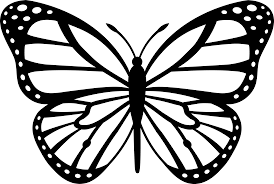 |
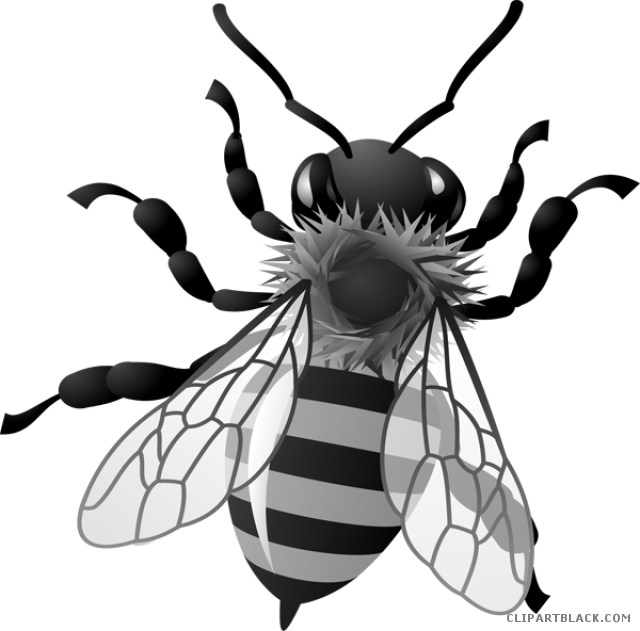 |
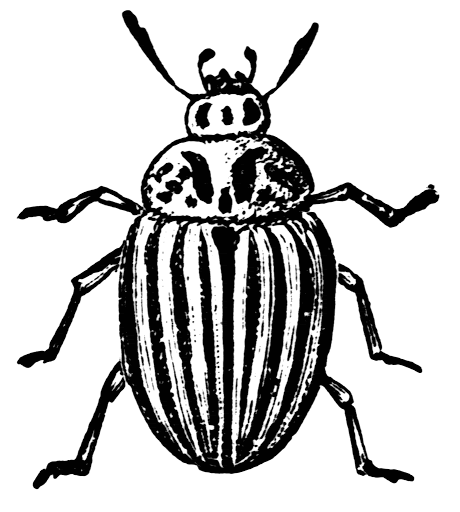 |
| Butterflies | Native Bees | Other Pollinators |
| Habitat Requirements | |||
| This plant prefers: | |||
 (Less than 2 hours of sun per day) |

Prefers moist to wet soil at all times
|
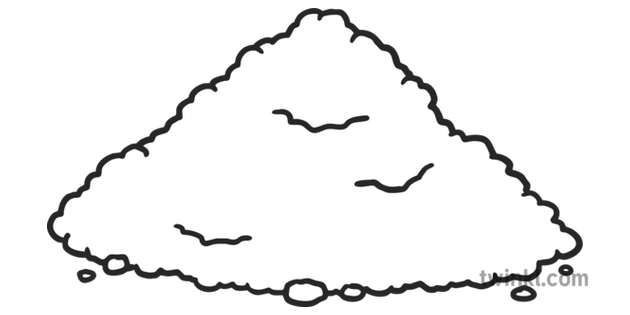 Well-drained, Acidic, Well-drained, Acidic,or Moist Soil |
|
| Leaf, Flower & Seed Identification | |||||
| LEAF DESCRIPTION |
Lady Bird Johnson Wildflower Center
Nature Center of Charleston Click on image to enlarge it |
||||
| Leaf Characteristics Chart (PDF) | |||||
| Shape: Cordate |
Margin: Serrate & Lobate |
Arrangement: Basal Rosette |
Form: Simple |
||
|
|
|
|
 |
|
|
| Description: | |||||
| Semi-glossy, 3-5 leaves rise directly from stolons (stems that grow at the soil surface or just below) | |||||
| FLOWER DESCRIPTION |
Lady Bird Johnson Wildflower Center
Stefan Bloodworth Click on image to enlarge it |
|||
| Flower Shape Chart (JPG) | ||||
| Color: White |
Shape:
Stellate (star-shaped) |
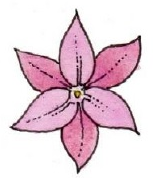 |
Bloom Months: Apr - Jul |
|
| Description: | ||||
| Compact cluster of small flowers attached by short equal stalks at equal distances along a central stem (raceme); racemes are at ends of 6-12 inch stalks; flowers have long, slender stamens (male organ) giving the spikes of flowers a “foamy” appearance | ||||
| SEED DESCRIPTION |
Native Plant Trust Go Botany
Bruce Patterson Click on image to enlarge it |
||
| Type: Fruit - Dry Seed Pod |
Description: Small, lopsided capsule that splits open; to reveal small black seeds |
Months in Seed: Spring |
|
| Plant spreads by: | |||
| Seeds and Rhizomes/ Tubers/ Roots & Shoots Spread by underground stems and form colonies |
|||
ADDITIONAL RESOURCES FOR TEACHERS
| Quick Fact Sheet (Condensed Species Info) |
Plant ID Sign: Ready as-is PDF |
Plant ID Sign: Editable Word Doc |
QR Code (Links to this Webpage) |
INFORMATION SOURCES FOR THIS PLANT
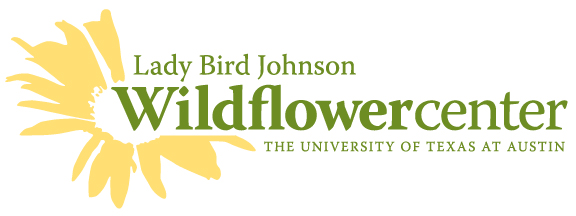 |
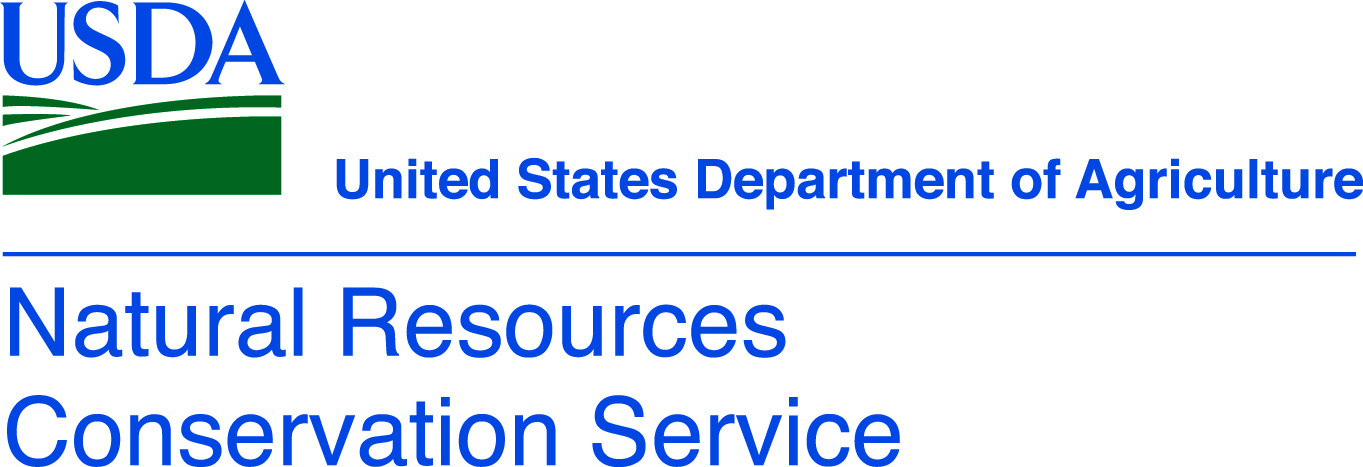 |
|
|
|
|
|
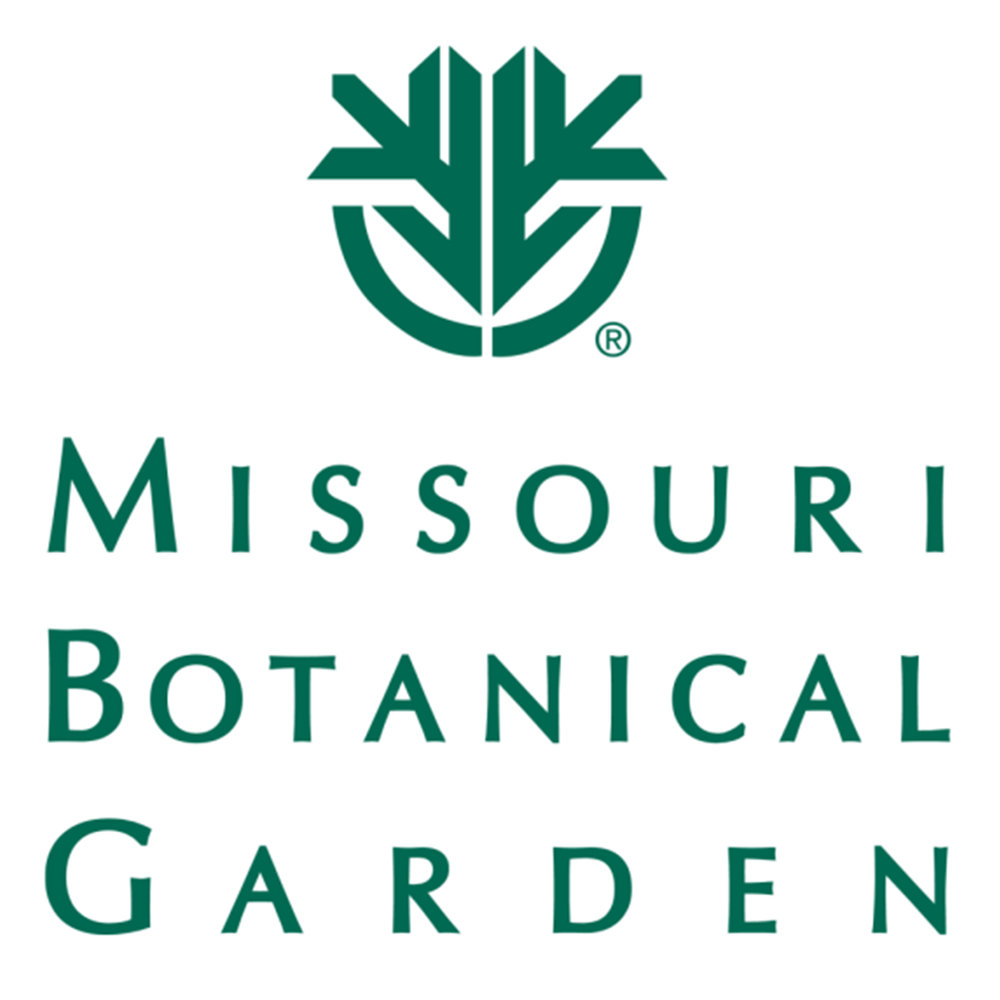 |
 Wildlife Tag
Wildlife Tag
